7.30-8.1 全数会2025(第六届)机器人及智能工厂展
火热报名中>>
新型激光技术能消灭病毒并提高DVDs性能
原文如下:
A team led by a professor at the University of California, Riverside Bourns College of Engineering has made a discovery in semiconductor nanowire laser technology that could potentially do everything from kill viruses to increase storage capacity of DVDs.
Ultraviolet semiconductor diode lasers are widely used in data processing, information storage and biology. Their applications have been limited, however, by size, cost and power. The current generation of ultraviolet lasers is based on a material called gallium nitride, but Jianlin Liu, a professor of electrical engineering, and his colleagues have made a breakthrough in zinc oxide nanowire waveguide lasers, which can offer smaller sizes, lower costs, higher powers and shorter wavelengths.
Until now, zinc oxide nanowires couldn’t be used in real world light emission applications because of the lack of p-type, or positive type, material needed by all semiconductors. Liu solved that problem by doping the zinc oxide nanowires with antimony, a metalloid element, to create the p-type material.
The p-type zinc oxide nanowires were connected with n-type, or negative type, zinc oxide material to form a device called p-n junction diode. Powered by a battery, highly directional laser light emits only from the ends of the nanowires.
“People in the zinc oxide research community throughout the world have been trying hard to achieve this for the past decade,” Liu said. “This discovery is likely to stimulate the whole field to push the technology further.”
Liu’s findings have been published in the July issue of Nature Nanotechnology. Co-authors are: Sheng Chu, Guoping Wang, Jieying Kong, Lin Li and Jingjian Ren, all graduate students at UC Riverside; Weihang Zhou, a student at Fudan University in China; Leonid Chernyak, a professor of physics at the University of Central Florida; Yuqing Lin, a graduate student at the University of Central Florida; and Jianze Zhao, a visiting student from Dalian University of Technology in China.
The discovery could have a wide-range of impacts.
For information storage, the zinc oxide nanowire lasers could be used to read and process much denser data on storage media such as DVDs because the ultraviolet has shorter wavelength than other lights, such as red. For example, a DVD that would store two hours of music could store four or six hours using the new type of laser.
For biology and medical therapeutics, the ultra-small laser light beam from a nanowire laser can penetrate a living cell, or excite or change its function from a bad cell to a good cell. The light could also be used to purify drinking water.
For photonics, the ultraviolet light could provide superfast data processing and transmission. Reliable small ultraviolet semiconductor diode lasers may help develop ultraviolet wireless communication technology, which is potentially better than state-of-the-art infrared communication technologies used in various electronic information systems.
The work on the ZnO device was in part supported by Army Research Office Young Investigator Program and the National Science Foundation. The work on p-type ZnO was supported by the Department of Energy.
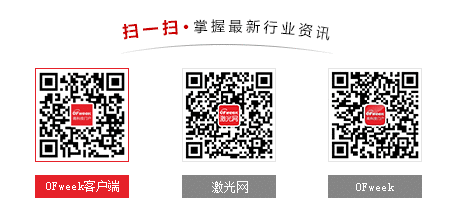
图片新闻
最新活动更多
-
5月22日立即预约>>> 宾采尔激光焊接领域一站式应用方案在线研讨会
-
7.30-8.1火热报名中>> 全数会2025(第六届)机器人及智能工厂展
-
7月30-31日报名参会>>> 全数会2025中国激光产业高质量发展峰会
-
7.30-8.1马上报名>>> 【展会】全数会 2025先进激光及工业光电展
-
免费参会立即报名>> 7月30日- 8月1日 2025全数会工业芯片与传感仪表展
-
精彩回顾立即查看>> 锐科激光《锐见·前沿》系列前沿激光应用工艺分享
推荐专题







 分享
分享


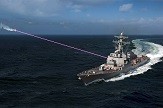






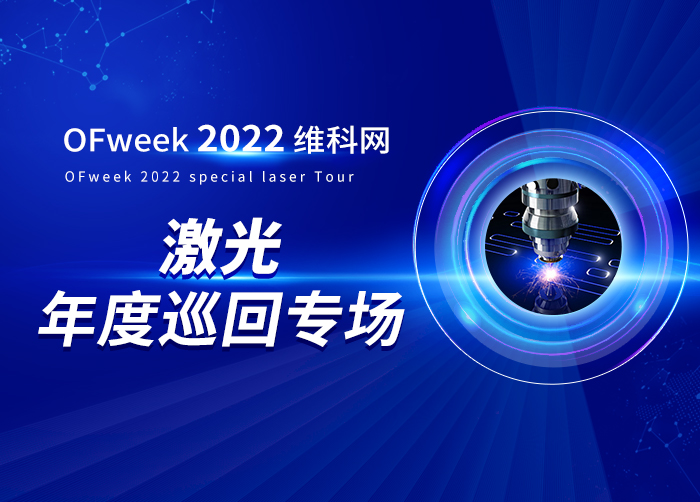

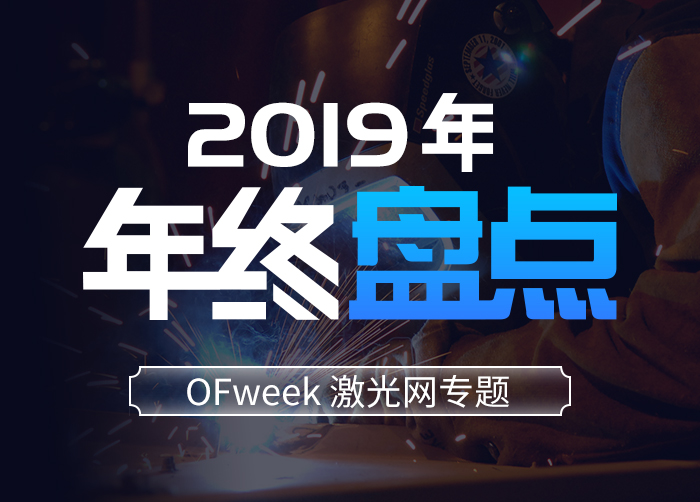
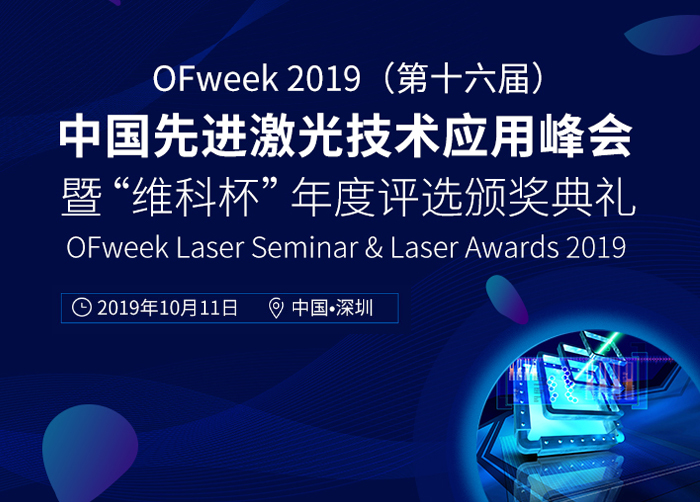















发表评论
请输入评论内容...
请输入评论/评论长度6~500个字
暂无评论
暂无评论